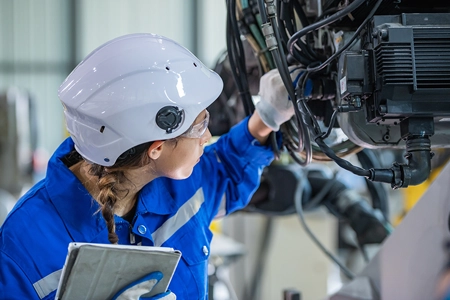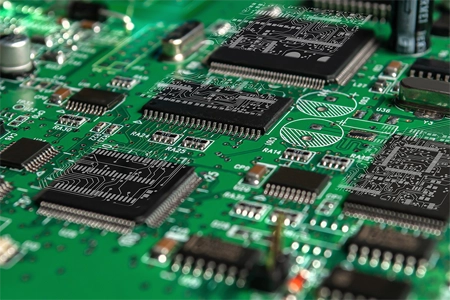All-solid-state batteries | Applications and collaborations case studies
| Solving issues in temperature control during food manufacturing | ||
| Control of quality variations, and recording and management of temperature data utilizing IoT |
Background
Temperature control of food products is extremely important from the standpoint of quality and safety. Unexpected temperature fluctuations not only degrade the flavor and texture of food, but also pose the risk of food poisoning. To stabilize taste and texture, temperatures are measured and recorded in the cooking process, but it is difficult to constantly monitor cooking temperatures because it is largely a manual process that relies on people. There is a need for devices that enable accurate and continuous temperature monitoring.
Issues
(1) Temperature control during food cooking
In food production lines in the processed food, home-meal replacement and food service industries, temperature changes in heating, cooling, storage and other processes can affect taste and texture. In addition, cooking temperatures vary depending on the season and ingredients, and minor variations in taste can occur depending on the chef’s experience and skill or the timing of adding ingredients. Temperature control during the cooking process is one of the important control items for maintaining quality.
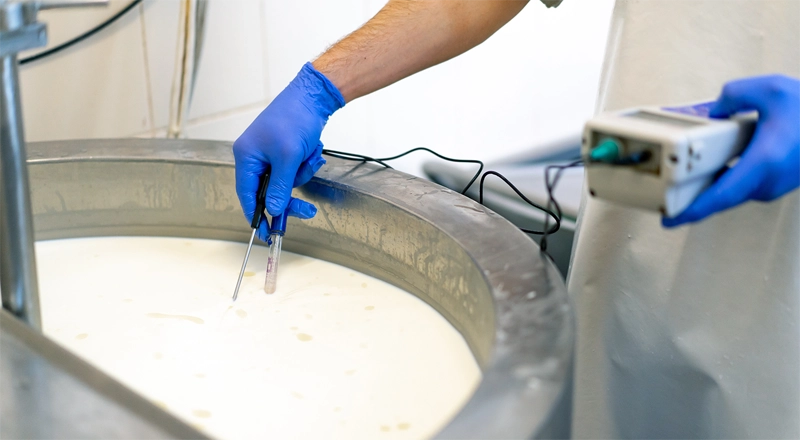
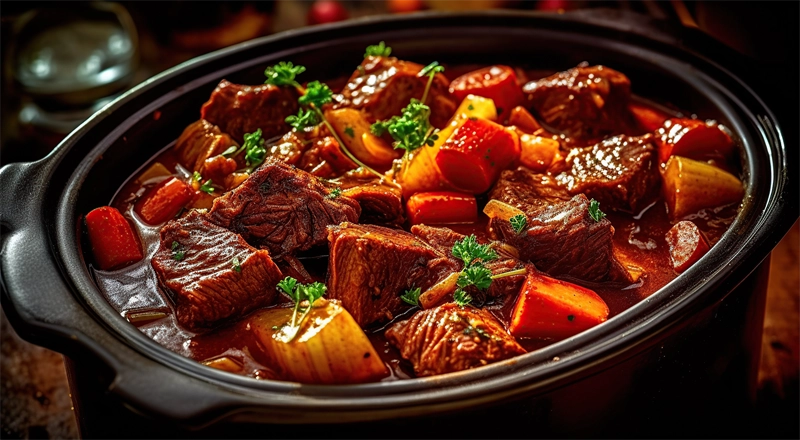
(2) Management of the cooking process history
For example, the Tofu production process involves heating, coagulating and cooling of soy milk, and it is necessary to control parameters such as temperature and time in these processes to record and manage the operation history. This is often done manually especially in small-scale businesses and a time consuming and labor-intensive process.
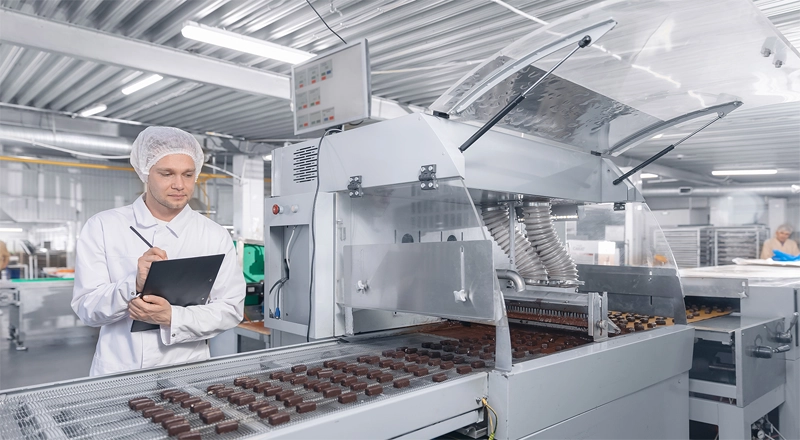
Solution
A device that can withstand high temperatures is required for continuous temperature monitoring during the cooking process. Monitoring of the cooking process that can measure temperature and cooking time in real time is enabled by incorporating a heat-resistant∗1 all-solid-state battery in a wireless communication device and attaching it directly to the cooking pot. Taste and texture can be stabilized by eliminating unintended temperature changes, and man-hours for data storage can be reduced by managing the temperature history using communication data. Continuous data storage also ensures traceability of the cooking history and prevents food poisoning.
- High heat resistance compared to conventional lithium-ion batteries, as they can be discharged up to +125 deg. C.
Adoption case studies
Other applications



